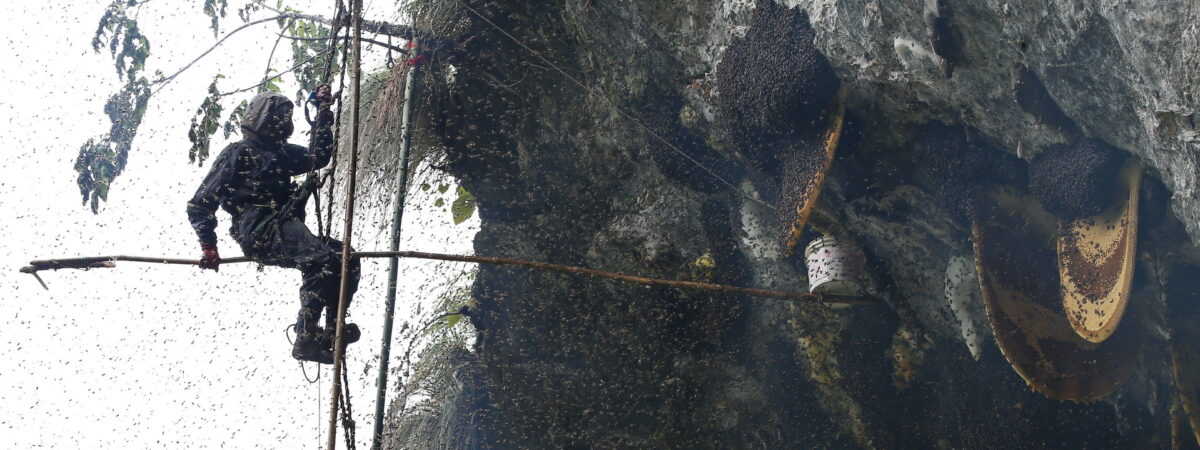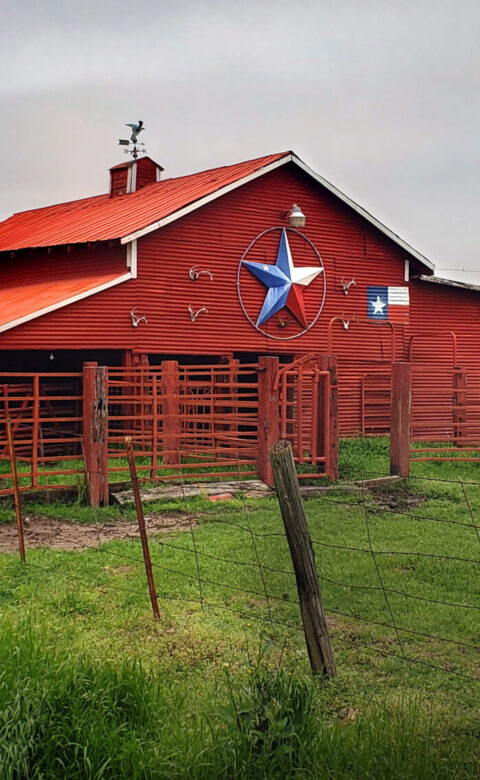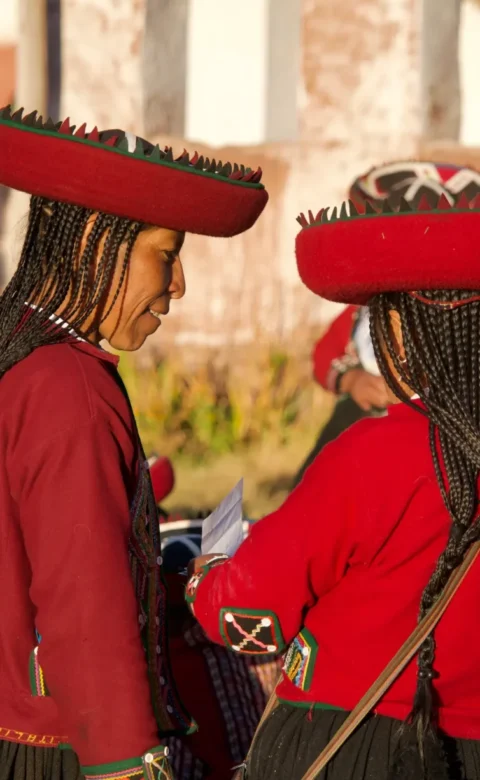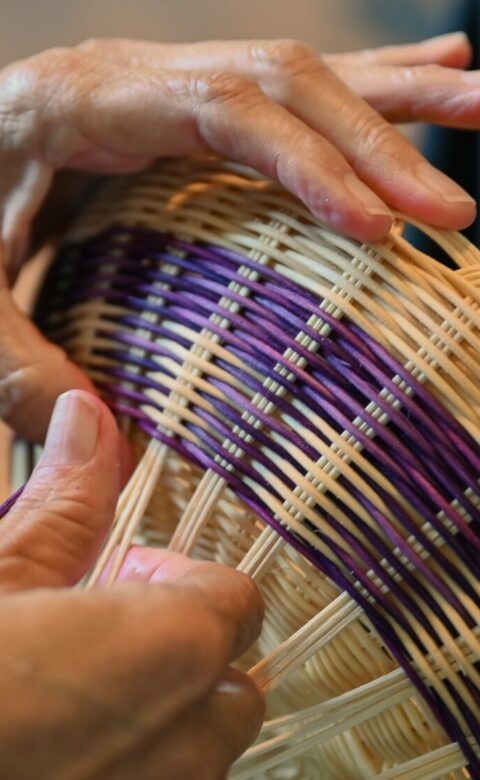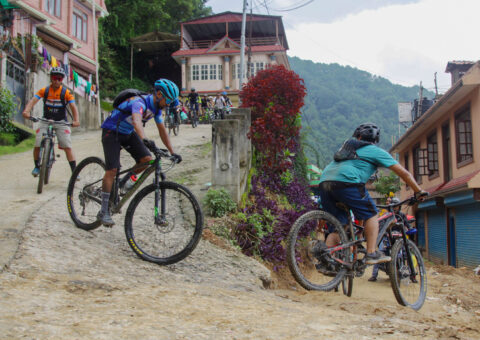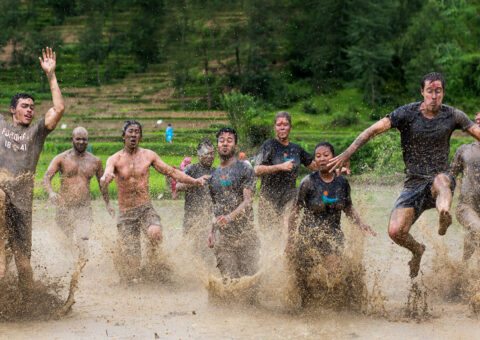Wild honey hunting has long been a tradition of the Himalayan Peoples. Local honey hunter and entrepreneur Nima Sherpa is finding creative ways to protect this ancient custom while sharing it with the wider world in a responsible and sustainable way.
Legions of angry bees swarm around the cliffs, the hives, and the tiny human figure hanging nonchalantly off a primitive, hand-woven rope ladder.
Down below, where the rest of the honey-hunting team stands, the job is easier, but not by much — any unprotected patch of skin is repeatedly stung. The men seem to be immune to both the pain and the venom.
Mr. Netrabadur Khorkha, the head hunter — that silhouette on the ladder — has to be even more careful: His job is risky enough without being molested by enraged insects. He operates two long bamboo poles like giant chopsticks. First, he breaks off the protruding part of a beehive. Next, he attaches a bucket to one of the poles, and collects the honey as it flows out.
Wild honey hunting has been a traditional industry of Himalayan Peoples — Sherpa, Gurung, and others — for as long as their history has been recorded. But as globalisation reaches rural Nepal, some entrepreneurial men are discovering new opportunities for their ancient customs: the value of Himalayan honey on the global market, the benefits of commercial organisation, and the tourism potential of hunting expeditions.
Since receiving front-page coverage in National Geographic in 1988, this acrobatic tradition has been attracting journalists and photographers from all over the world. A few agencies in Kathmandu even offer fake honey hunting tours — expensive arrangements where the activity is re-created for tourists — destroying unfinished beehives in the wrong season.
But responsible businessmen have to consider sustainability as well as the immediate profit.
“I grew up in Dolakha, a region where honey hunting is common,” says Nima Sherpa, the founder of Cliff Mad Honey company. “I have known many honey hunters since childhood, because they are from my village area. It was easy for me to contact them, call them to work with me. They wanted to sell all their honey. I bought all their honey. After that, they started working for me.”
Nima used to work as a trekking guide until this opportunity dawned on him: organise local honey hunters into a co-operative and export the honey. This honey is believed to have greater medicinal properties than the usual, domestic apiculture products. There are two harvesting periods per year, in spring and autumn, and the spring honey is particularly potent. In fact, it is known to cause hallucinations if consumed in large quantities. “When I took it, I had unpleasant shrinking sensations all over my body,” Nima recalls, “but some people just giggle a lot.”
He has established hunting routines and rotations, bringing honey hunters from the areas where few fresh hives have been found to ones rich with honey. In this way, he has created a simple but growing network that is mutually beneficial for the honey hunters, who get enough income every season, and for the bees, since the hives are given time to recover from being harvested.
Nima has also introduced ecologically sound rules. These include never destroying more than 50 percent of the hives at each location and never hunting outside a certain radius from the villages. This allows the giant Himalayan bee (apis laboriosa) to breed safely higher up in the range.
“It is probably impossible to evaluate the bees’ population dynamics. Most of them live in completely inaccessible areas,” Nima says. “In my experience, bees’ numbers haven’t changed in the last five years. Some seasons we see fewer bee colonies in one spot, but more of them in another. Next season, it may be the other way around.”
He also mentions a forest fire a few years ago, which drove the bees out of the affected region permanently. In his assessment, careful honey collection is not a threat to the species, but habitat destruction is.
Nima also happily arranges visits to the honey-hunting sites for photographers and journalists, but is hesitant about mass tourism. “I’ve tried,” he says, “but many tourists could not even reach the hunting spots, located high up in the mountains and only accessible to well-trained hikers. And a few got terrified by the bees. It’s a hard, hazardous job, and any unfit visitor might endanger the whole team.” Nima said he would consider another attempt at tourism, but next time, he says he will make it expensive and selective, an exclusive and extreme tour.
When all is said and done, this may be the best compromise between the interests of tourists, the honey hunters, and the bees.

